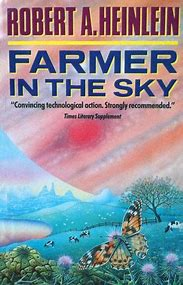Robert Heinlein's Future History;
Heinlein's fourteen juvenile sf novels;
Poul Anderson's Technic History.
However, Anderson combines detailed, colourful descriptions of planetary surfaces with scientific background information about planetary environments, their orbits, densities, metallic contents etc. In this, he is equaled or surpassed by Hal Clement whose Mission Of Gravity I read once about six decades ago. (In Anderson's "How To Be Ethnic In One Easy Lesson," Adzel, a future planetologist, has come from the extra-solar planet, Woden, to Earth to study at the Clement Institute of Planetology.)
Venus is colonized in the Future History, in the Technic History and in some of Heinlein's juveniles although, in the Technic History, this is merely alluded to. Some of the characters have spent time on the incompletely terraformed Venus but the action is elsewhere, mainly outside the Solar System. However, terraforming Venus is a major part of Anderson's earlier future history series, the Psychotechnic History.
Some Technic History instalments are Heinleinian juvenile sf: young human heroes interact with aliens in exotic settings. Thus, it makes sense to compare Anderson's main future history series with Heinlein's Future History and juveniles. The juveniles move forwards but also sideways in time. Thus:
Rhysling, the "Blind Singer of the Spaceways":
features in "The Green Hills of Earth," a Future History story;
is quoted in Farmer In The Sky, a Scribner Juvenile novel and a volume of what I call Heinlein's Juvenile Future History;
visits Anderson's inter-universal Old Phoenix Inn.

1 comment:
Kaor, Paul!
IIRC, it was Hal Clement's work which inspired Anderson to write THE MAN WHO COUNTS and many other stories with the scientific rigor we see in them.
Ad astra! Sean
Post a Comment